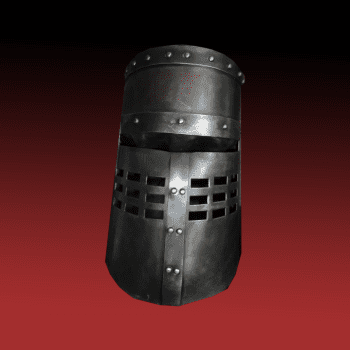The other day my wife and I were searching for some music to listen to as we worked on a remodel project. I decided to go old school.
“Alexa,” I barked. “Play songs by Keith Green.”
Green was a popular singer/songwriter from the early days of Jesus Music. He composed and sang worship standards such as “Oh Lord, You’re Beautiful” and “There is a Redeemer.”
Keith Green’s voice was silenced in 1982, when he and two of his children perished in an aviation accident.
As my wife and I listened to Green’s music, we were struck by how strange his late 1970s lyrics sounded to our 2019 ears.
Green employed a lyrical technique that used to be common in Christian music, but is virtually absent today: the call to repentance, or CTR.
CTR songs are designed to convict the listener of his own sin. Here is an example of CTR lyrics, from Keith Green’s Asleep in the Light (1978):
“Oh, bless me, Lord!
Bless me, Lord!”
You know, it’s all I ever hear!
No one aches
No one hurts
No one even sheds one tear
But, He cries
He weeps
He bleeds
And He cares for your needs
And you just lay back
And keep soaking it in
Oh, can’t you see such sin?!
‘Cause He brings people to your door
And you turn them away
As you smile and say:
“God bless you!
Be at peace!”
And all Heaven just weeps
’cause Jesus came to your door
You left Him out on the streets
Here are two reasons CTR songs sound so out of place today:
- While most contemporary worship songs focus on comfort and assurance, CTR songs point out our shortcomings. CTR songs are anything but positive and encouraging.
- While most of today’s praise songs are sung from the perspective of the disciple, CTR songs are sung from the perspective of God (or a prophet). In praise and worship, we are the speaker, telling God how we feel about him. With CTR, God is the speaker, telling us how he feels about us.
CTR songs are sometimes hard to listen to. Too much CTR can lead to discouragement and even legalism. However, I can personally testify to their effectiveness. Keith Green’s songs were the slap in the face I needed as a young believer. They spurred me on toward greater obedience every time I heard them. As such, CTR songs have a more masculine feel. They focus on our actions, not our emotions. They demand change. And they challenge rather than comfort.
A decade ago, researcher Christian Smith at the University of North Carolina at Chapel Hill examined the religious beliefs of teenagers and coined a new phrase to describe the faith held by many: Moralistic Therapeutic Deism, or MTD. Albert Mohler writes:
As described by Smith and his team, Moralistic Therapeutic Deism consists of beliefs like these:
- “A god exists who created and ordered the world and watches over human life on earth.”
- “God wants people to be good, nice, and fair to each other, as taught in the Bible and by most world religions.”
- “The central goal of life is to be happy and to feel good about oneself.”
- “God does not need to be particularly involved in one’s life except when God is needed to resolve a problem.”
- “Good people go to heaven when they die.”
With beliefs like these, it’s easy to see why CRT songs seem so out of place in church today. It’s easy to tell God how wonderful he is. It’s hard to hear how depraved we are.
So what do you think? Would you welcome the return of CTR songs? Is there still a place for convicting lyrics in our songs, or should our church music focus exclusively on the positive and encouraging? Comments are open.












